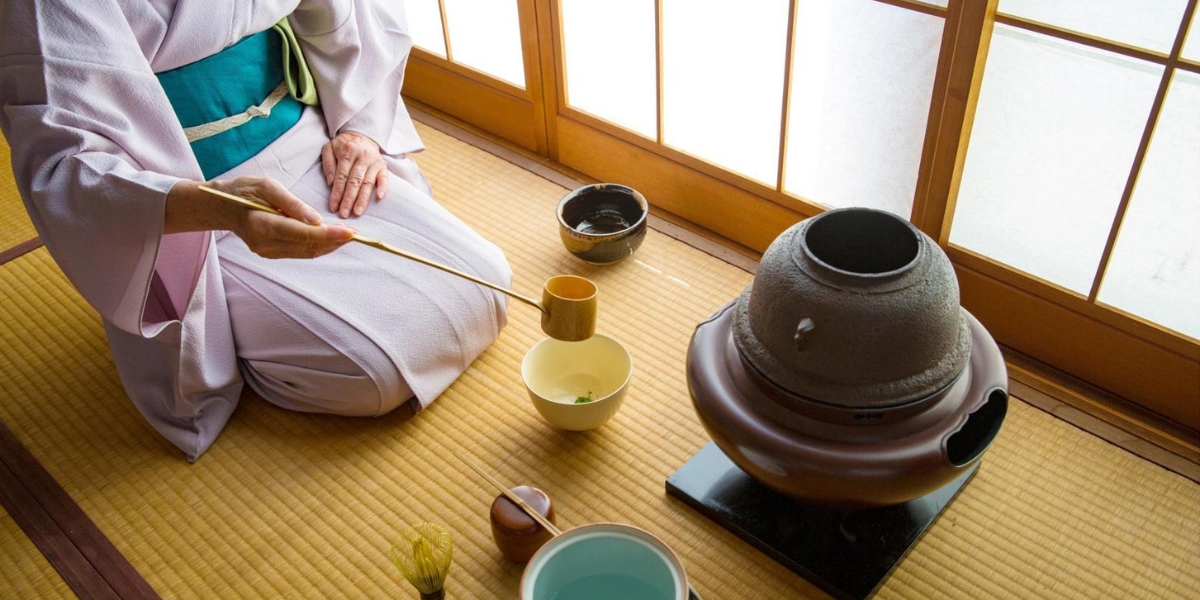In The Book of Tea, Okakura Tenshin remarked, “Translation is always a treason, and as a Ming author observed, can at its best be only the reverse side of a brocade — all the threads are there, but not the subtlety of color or design.” This powerful statement highlights the fundamental challenge of translation: no matter how faithful the translation may be, it can never fully capture the intricacies and emotional depth of the original.
The Limits of Translation
To understand translation is to recognize that it goes beyond the mere transfer of words from one language to another. It involves conveying the spirit, context, and cultural subtlety imbued in the meaning of those words. As Okakura suggests, even when, “the threads are there,” that is to say, words and structure, the subtle intertwining of emotions, customs, and values often do not survive the transition into another language.
In today’s globalized world, where businesses operate across borders and cultures, this challenge is particularly pressing. Miscommunication or cultural misunderstanding can arise easily when cultural context is lost in translation.
How Uism Bridges the Cultural Gap
Okakura’s sentiment rings especially true at Uism. We do not merely translate words, but delve into their meanings, ensuring that the cultural nuances of Japan are preserved and conveyed with accuracy and respect. Besides knowing the cultural backgrounds of Japan that influence Japanese people’s way of thinking, feeling, and decision-making, the team is also proficient in translating these perceptions into English. This internalization helps our clients connect emotionally with their Japanese audiences on an emotional level. Whether it’s user research, product localization, or marketing strategy, we ensure that the messages delivered to our clients are not just accurate translations, but also culturally meaningful and clearly conveyed in a way that resonates globally.
The Importance of Cultural Sensitivity in UX
Cultural sensitivity is a key area of concern in UX design. The user experience is not just a case of usability; it takes into account user emotional attachments to a product or service. Just like translation, a design that might suit one culture may not be well received in another: hence the importance of knowing cultural nuances.
At Uism, we take this challenge seriously. Our expertise in Japanese culture allows us to navigate the complexities that come with having to target a Japanese audience. We bridge cultures without losing the intricate details that matter most. By deeply understanding both Japanese traditions and the needs of international clients, we don’t just translate; we interpret. We help clients understand the cultural values and behaviors that influence user experience, ensuring that their products and services feel natural and intuitive to Japanese users.
Conclusion: Beyond Translation
Okakura’s insight into the limitations of translation remains as relevant today as it was over a century ago. At Uism, we are committed to going beyond simple translation to offer deeper, more culturally informed insights. We aim to bring the richness of the “brocade”—the full tapestry of Japanese culture—to our clients, ensuring that nothing is lost in translation.

As a UX research company, we ensure that every message, every design recommendation, and every user experience we help craft is not only accurate but deeply resonant with the authenticity and nuance that Japanese culture deserves. If you’re interested in exploring how we can support your product’s success in the Japanese market, please don’t hesitate to contact us. We’re here to ensure that your product or service resonates with your audience in the most authentic and impactful way.
If you are interested in learning more about The Book of Tea and its cultural insights, be sure to check out our related article.


